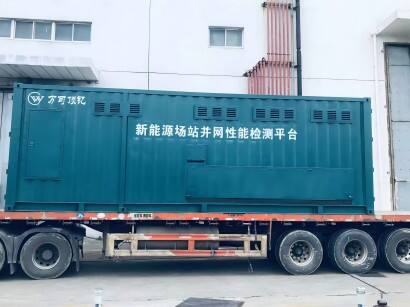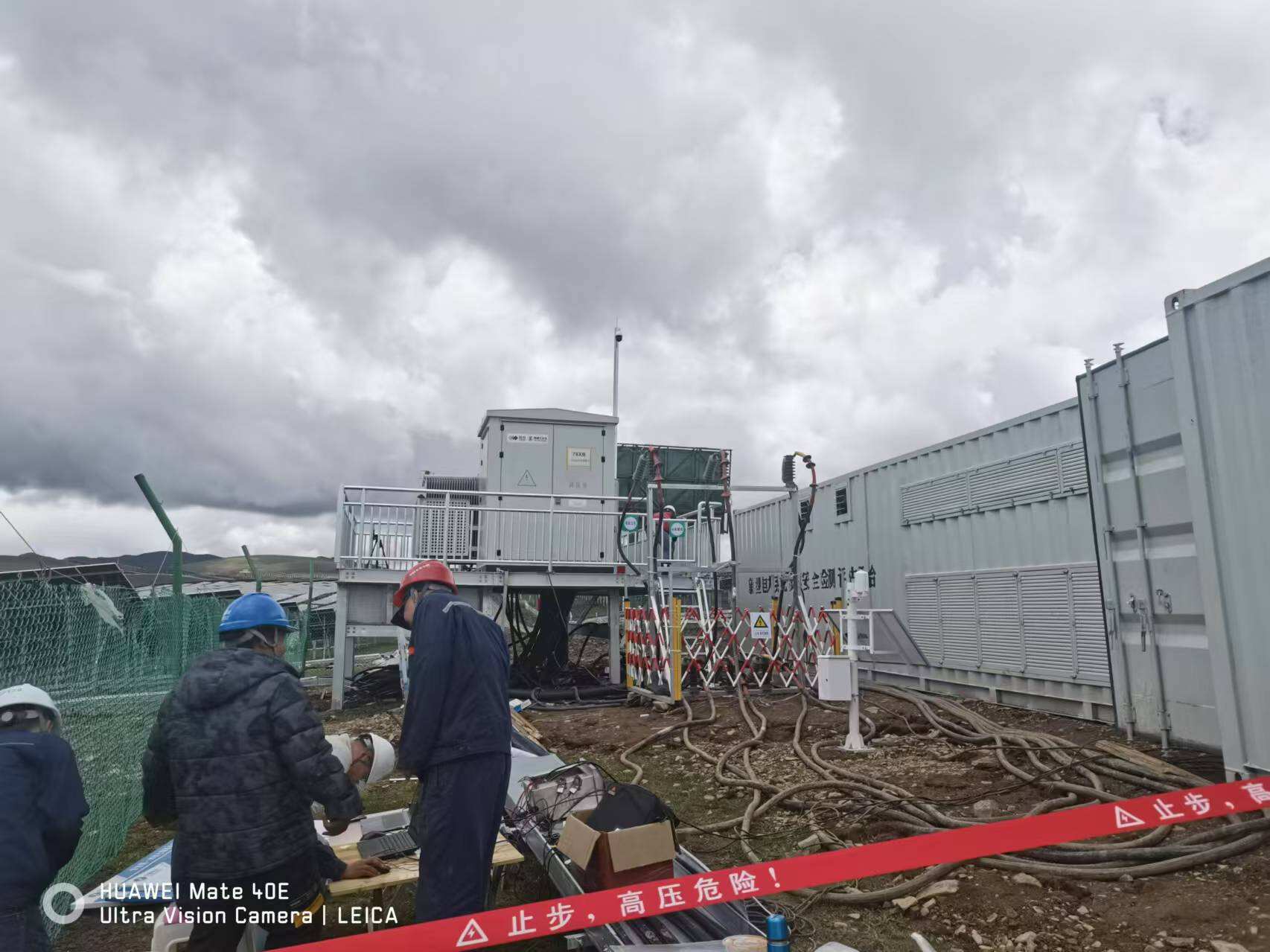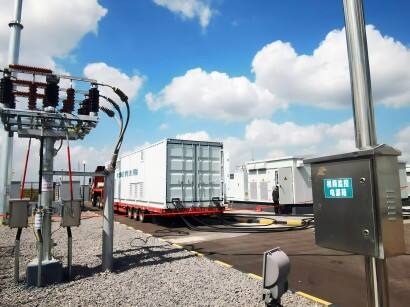grid connection of distributed power sources
The grid connection of distributed power sources represents a revolutionary approach to modern power distribution systems, enabling the integration of various small-scale electricity generators into the main power grid. This sophisticated system allows for the seamless incorporation of renewable energy sources such as solar panels, wind turbines, and small hydroelectric plants into existing power infrastructure. The primary function of grid connection is to maintain stability while facilitating bidirectional power flow, enabling both power injection into the grid and consumption from it. The technology employs advanced power electronics and control systems to ensure proper synchronization, voltage regulation, and frequency matching between distributed sources and the main grid. These systems incorporate smart inverters that convert DC power from sources like solar panels into grid-compatible AC power, while also providing essential grid support functions such as reactive power compensation and voltage regulation. Modern grid connection systems feature robust protection mechanisms that safeguard both the distributed sources and the main grid from electrical faults and disturbances. The applications of grid-connected distributed power sources extend from residential solar installations to commercial microgrids and industrial cogeneration facilities, offering flexibility in power generation and consumption while contributing to grid stability and reliability.




